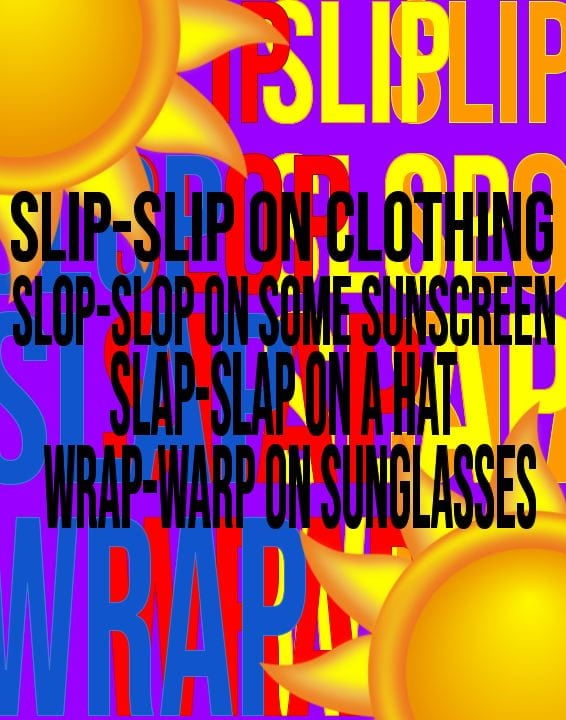Kaitiakitanga
Kaitiakitanga is most known as someone who guards and protects the natural word. They mostly look after a stream or beach , a native species which is about to go extinct or a local reserve. The phrase or term Kaitiakitanga comes from Te Ao Maori. This can mean each generation will pass down and teach the next on how to take care and protect “taonga tuku iho” which are precious resources passed on by the ancestors. These resources that are passed down include land, ocean, rivers, lakes, mountains, and forests. In recent years the interest of kaitiakitanga has grown as more and more people work together to protect the things most important to them or are the things that are under threat.
Rhiannon Mackie
When eight year old Rhiannon Mackie learned about climate change, she was very shocked, but at that point in time, she just knew it would be fixed. By twelve, she’d understood the severity of the issue and very little being done, and this was when she started feeling helpless. Inspired by young climate activists like Mitzi Jonelle Tan and Greta Thunberg, Rhiannon started working with climate groups in Aotearoa. She now spends much time raising awareness on climate, speaking in schools, and helping young activists meet world leaders. In June 2022, at a UN conference in Sweden, she underlined the right to a healthy environment. Rhiannon is driven by the responsibility that is often left for the coming generations to try to bring the bridge between man and nature closer.
Nigel How
Nigel How is a dedicated historian from the Wairoa Museum who has very important information about the history of Wairoa. He remembers that, before 1865, Māori were thriving, building ships and selling goods. As a young child, his nana would take him along to hui where he would hear stories being told by local kaumātua. It gave him a very strong sense of identity and power. Now a museum worker, Nigel treasures its collection of taonga and the stories they tell including a 250 year old carving called Te Kawiti, who he says with a smile likes a greeting and will play with the lights if he doesn’t get one. Nigel reinforces kaitiaki-te mana o te rau what the historians carry into the present with respect and empathy-and though different, historical values are important to understand in order for one to learn from and connect with.
Ana Krakosky
Ana Krakosky grew up not really feeling connected with her iwi, Te Āti Awa, and the marae. As a jeweller specialising in pounamu, she feels a deep connection with her tūpuna in her craft. For Ana, creating with pounamu keeps her close to her ancestors, and Māori wisdom, such as whakataukī, often inspires her designs. She draws inspiration from nature and from her materials in seeing the transformation into beautiful pieces from rocks. Ana treats the pounamu with much respect, following traditions in its sourcing and use. She maintains a respectful state of mind according to tikanga when working and cleanses herself afterwards. Ana is proud of her cultural heritage and she believes that a sense of belonging and pride in whakapapa given to one will contribute to a better world.
Evan Lob
Evan Lobb was brought up on a dairy farm near Inglewood, Taranaki, and the vastness of the grasslands contrasted almost shockingly with the complete absence of bush. He travelled, saw how different it was elsewhere, and returned home with new eyes and a rejuvenated love for New Zealand’s biodiversity and a resolve to preserve it. Now living in North Taranaki, Evan set about transforming his 400 hectare farm by planting a forest, creating a wetland, and nurturing native wildlife. He covenanted 280 hectares of his property to ensure its protection against grazing, even in cases of a sale. Evan is dedicated to conservation. He controls pests, fences off sand dunes and waterways, and uses electric vehicles for transport. This is part of his ethic balancing human needs with stewardship of the environment-and his way of safeguarding nature from the loss he has witnessed as a result of its being pushed to the limit.
